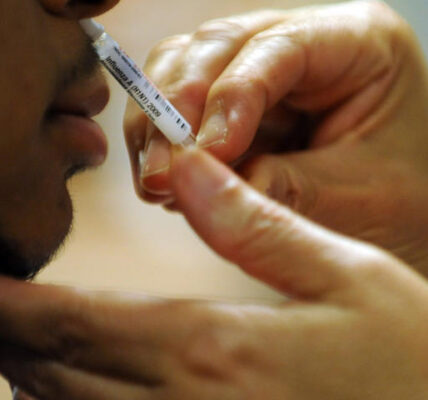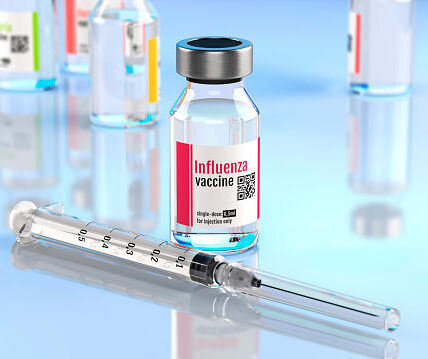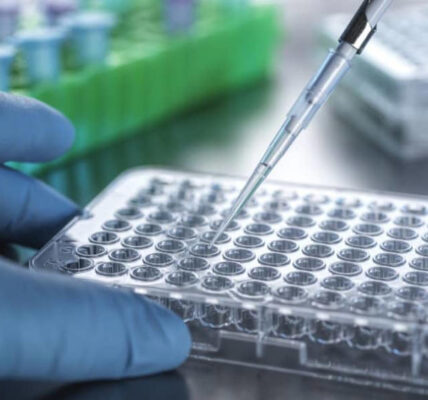Early Detection of Heart Disease with MRI could help spot cardiovascular risks up to 10 years before symptoms appear, giving doctors a vital window for early intervention.

© N/A
Early Detection of Heart Disease with MRI Could Save Lives
A new study from the University of Dundee has shown that the early detection of heart disease with MRI may identify people at risk 10 years before a heart attack or stroke. This breakthrough could allow doctors to treat patients long before any visible symptoms or damage occurs, offering hope for better prevention and long-term heart health.
How the Study Was Conducted
They were given a simple MRI scan, and their heart health was tracked for the next decade.
The surprising finding was that even when the heart appeared to be functioning normally, a slightly larger left ventricle (one of the heart’s four chambers) was a strong predictor of future cardiovascular issues. This confirmed the value of early detection of heart disease with MRI, even when no symptoms are present.
The Left Ventricle: A Silent Warning Sign
In this study, researchers discovered that an increase in the size or mass of this ventricle—even within what’s considered a “normal” range—was linked to a higher chance of future heart disease.
This means the heart can show signs of stress long before a person experiences any outward health problems. By using MRI scans to monitor changes in the heart’s structure early on, doctors could step in before more serious issues develop. This finding supports the idea that early detection of heart disease with MRI can serve as a crucial tool for prevention.
Men and Women Show Different Risk Patterns
Another key discovery from the study was that men and women display different heart risk indicators. The larger left ventricle was linked to:
-
Higher diastolic blood pressure in men
-
Higher cholesterol levels in women
This suggests that risk factors should be assessed differently for each gender. A one-size-fits-all approach may not work when it comes to predicting heart disease. Again, the use of early detection of heart disease with MRI can help personalize risk assessments for both men and women.
Why Early Detection Matters So Much
Professor Jill Belch, who led the study, believes this is a game-changing moment in heart disease prevention. She explained that using a simple MRI scan to spot early warning signs could allow doctors to begin treatment when the heart is still working perfectly well.
The goal of using the early detection of heart disease with MRI is to intervene early, when lifestyle changes or medication can be most effective.
What Increases Your Risk of Heart Disease?
While the study focused on structural changes in the heart, it’s important to remember that lifestyle and genetics also play major roles in heart health. Common risk factors include:
-
Smoking
-
Obesity
-
Lack of exercise
-
Unhealthy diet
-
High blood pressure or cholesterol
-
Family history of heart disease
Some people may look and feel healthy but carry a silent risk due to genetic factors. This is why tools like early detection of heart disease with MRI are so important. They help catch these hidden threats before it’s too late.
A Simple, Painless Test with Big Benefits
As more hospitals and clinics gain access to MRI technology, routine heart scans could become part of standard health check-ups—especially for people over 40 or those with other risk factors. This shift toward early detection of heart disease with MRI could completely change how we approach prevention.
Potential to Reduce Healthcare Costs
Catching heart disease early doesn’t just save lives—it could also save money. Treating heart attacks, strokes, and other serious conditions requires expensive emergency care and long-term recovery. If doctors can prevent these events from happening in the first place, the savings for the healthcare system could be massive.
Implementing early detection of heart disease with MRI as a widespread screening tool could help reduce both medical costs and emotional stress for patients and families.
The Future of Heart Health
This research is a major step forward in the fight against heart disease, which remains one of the leading causes of death worldwide. The idea that a simple scan could give people a 10-year heads-up to improve their health is both exciting and encouraging.
It gives doctors the chance to act before permanent damage is done—and gives patients the opportunity to take control of their health.
Final Thoughts
The early detection of heart disease with MRI is not just a scientific advancement—it’s a life-saving opportunity. By identifying hidden risks years in advance, this method offers hope for better prevention, personalized treatment, and fewer tragic outcomes.
As this technology becomes more accessible, it could become a routine part of heart care, allowing thousands—perhaps millions—of people to avoid heart attacks and strokes in the future.
Related:
WHO HMPV Virus Warning: 5 Alarming Risks You Must Avoid



